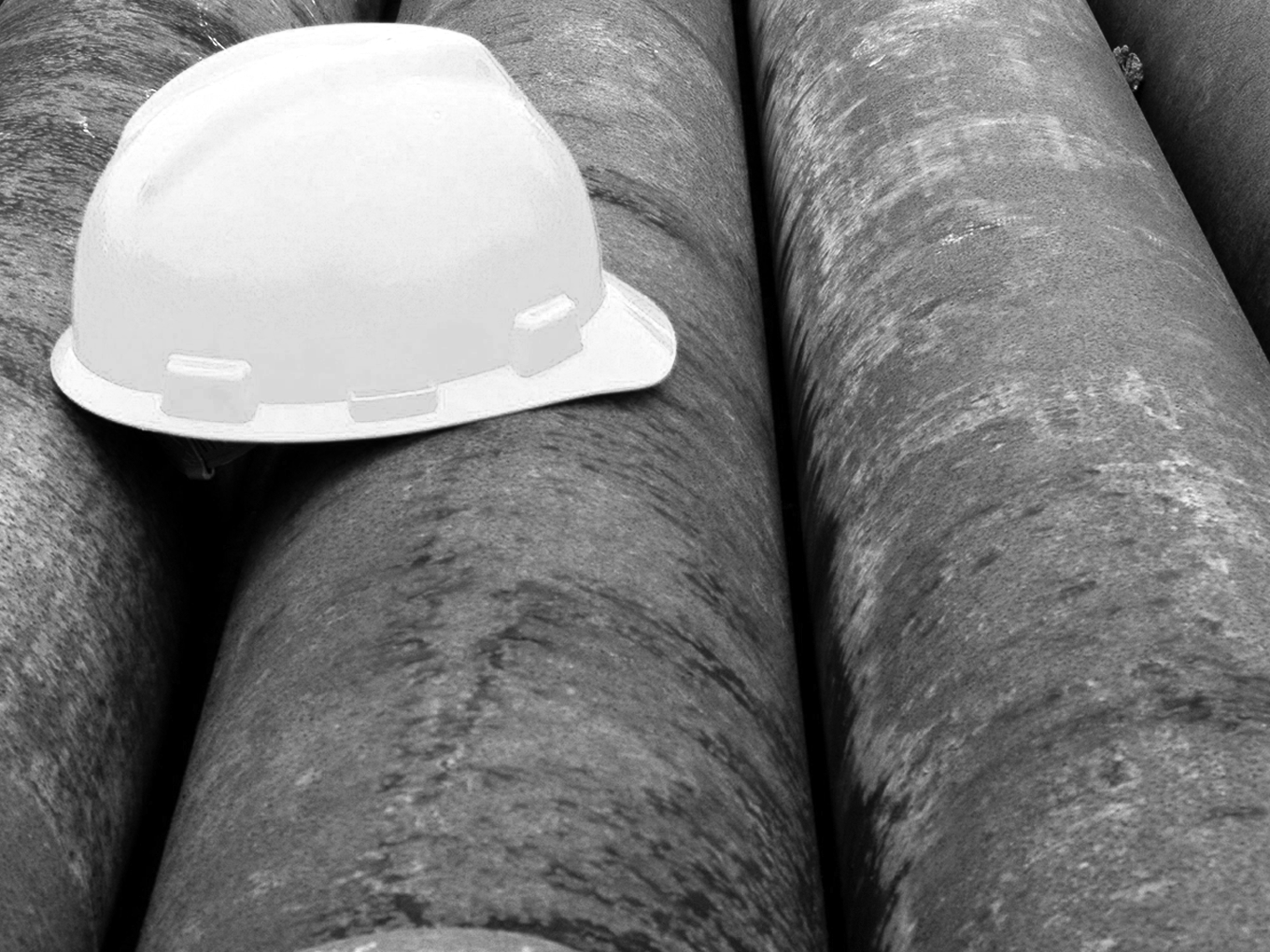
Regional Setting & Petroleum Geology
Nabirm’s petroleum exploration license (PEL 0058), Block 2113A MAP, offshore Erongo Province, Namibia covers 5,750 km2, with 3,600 km2 located offshore and 2,150 km2 located onshore. PEL 0058 is located inboard of the Tullow/Pancontinental‟s PEL 0037 Block and adjacent to the Galp/ExxonMobil Blocks 2212A & B, PEL’s 82 & 83 respectively.
Hydrocarbon Prospectivity – Block 2113A Leads Snapshot
- Nabirm concluded a 2D seismic survey project in 2015 which included the acquisition of gravity and magnetics data.
- The 2D acquisition project scope consisted of a FIRM 684 full fold kmof 2D marine seismic acquisition including renewed gravity and magnetics. The survey consisted of 24 lines including 5 strike lines (oriented parallel to the Namibia coast) and 19 dip lines (oriented perpendicular to the Namibia coast).
- An interpretative study of our 2D seismic data was completed with the integration of regional data identifying key depositional features (reflection types, continuity, terminations, down-lap, top lap, on-lap), structural features (highs, lows, faults and fault styles including normal, reverse, strike-slip)and anomalous reflection packages.
- Six leads have been identified within the 2D seismic survey area of Block 2113A. There are four structural leads, one stratigraphic lead and one possible amplitude anomaly lead, also stratigraphically trapped. The structural leads are prominent four-way closures that may be unfaulted or faulted. These features occur within the basement section, at the top of basement underlying the onlapping Tertiary, Cretaceous and possible Karoo sediments.
- The stratigraphic lead occurs where the Cretaceous, Tertiary or Karoo age sediments thin and onlap basement and is structurally closed by the overlying structural surface. One anomalous amplitude lead is recognized in the southernmost 2D survey area.
Migration pathways
A 3D Basin Model was generated by DSP Geosciences post 2D seismic. The objective of the Basin Model was to provide an overview of Namibian margin hydrocarbon maturation with a focus on Nabirm PEL 58, Block 2113A.
The cross- section shows the sea floor, Cretaceous-Tertiary Boundary, Mid-Cretaceous proxy and Basement surfaces. The location of the Murombe and Wingat wells are shown, and the interval where oil was recovered from the Wingat well.
Top early oil generation, top peak oil generation and the gas window are shown. A migration vector from the oil generation window is shown moving up-dip and landward toward Block 2113A.
Some leads identified in neighboring block show on-laps and pinch-outs of predicted Lower Cretaceous sands against basement reinforced by amplitude anomalies with a “soft kick”.
- Likely migration pathways are intra-source sand stringers, as they occur in the Kudu shale at Wingat-1, other Lower Cretaceous sands covered with a tight regional seal, and unconformity surfaces such as the top basement and Mid Albian unconformity.
- Reactivated syn-rift fault that extend up into the Cretaceous post-rift sequence can relay drainage from stratigraphically deeper to shallower levels.
- The maturity and hydrocarbon migration model above shows clear up-dip drainage for hydrocarbons. Recent studies by AW Upstream Oil & Gas confirm this trend.
Committed Work Programme:
Q4 2021
Acquisition, processing, and interpretation of 3D Controlled Source Electromagnetics (“CSEM”) over the 2D seismic leads identified and inversion of newly acquired 3D CSEM with our proprietary 2D & legacy 3D seismic on our block to identify drilling targets.
Production of an updated comprehensive ‘Competent Persons Report’ which will include an economic evaluation of the block produced post 3D CSEM.
Basin Prospectivity
- In 2014, Pancontinental Oil & Gas, in partnership with Tullow Oil Plc mapped an “Oil Mature Fairway” PEL 0037 and the HRT Wingat-1 well area. Critically, using existing seismic data, good reservoir rocks were interpreted in channels and turbidites within and close to the ‘Oil Mature Fairway’ in PEL 0037 which is adjacent to PEL 0058.
- DeGolyer and MacNaughton(“D&M”) prepared this assessment of licence area PEL 0037 offshore Namibia in accordance with the Petroleum Resources Management System (PRMS) approved by the Society of Petroleum Engineers, the World Petroleum Council the American Association of Petroleum Geologists.
- D&M’s resource estimates recognize large stratigraphic leads in potential clastic turbidite targets. These targets appear to be in the oil window. These potential accumulations are categorized as “leads” based on the available seismic and geologic data.
D&M’s Mean Estimate for the total 11 Leads is 8.7 Billion Barrels of Gross Prospective (recoverable) Oil Resources.